What started as a flavoured nicotine craze has now evolved into something far more dangerous. Across the UK, school-aged children are not only vaping in record numbers, but many are unknowingly inhaling synthetic drugs through contaminated devices.
At Vape Guardian, we work with schools every day to help manage the rise in youth vaping. But a disturbing new trend is emerging—vapes are increasingly being used as a delivery method for drugs like Spice, a synthetic cannabinoid that is far stronger and more dangerous than cannabis.
The Reality: Drug-Laced Vapes Are Reaching UK Schools
Recent investigations have revealed that one in six vapes seized in schools contained illicit substances, including synthetic cannabinoids like Spice (The Times, 2024). This is not isolated to a single region—schools across England and Wales have reported similar cases.
In some instances, children as young as 12 years old have been hospitalised after experiencing seizures, hallucinations and severe breathing difficulties from unknowingly using drug-laced vapes (The Sun, 2024).
Where Are Young People Getting These Vapes?
Despite laws making it illegal to sell vapes to anyone under the age of 18, access is still widespread. Many young people obtain vapes through:
- Older friends or siblings
- Convenience shops willing to sell without checking ID
- Online platforms and encrypted apps such as Snapchat or Instagram
These informal and unregulated routes make it easy for young people to access not only illegal nicotine products, but also counterfeit or contaminated devices. The Metropolitan Police have reported increased incidents of criminal gangs targeting teenagers with drug-laced vapes sold through social media (Evening Standard, 2024).
Why Vapes Appeal to Children
Disposable vapes in particular are designed to look fun and harmless. They are often brightly coloured, small enough to conceal in a sleeve or blazer, and sold in sweet-inspired flavours like watermelon ice or strawberry bubblegum.
The 2023 NHS Smoking, Drinking and Drug Use among Young People in England survey found that 9 percent of 11 to 15 year olds were current e-cigarette users, up from 6 percent in 2018. Among 16 to 17 year olds, usage has risen to over 14 percent, with the vast majority using disposable vapes (NHS Digital, 2023).
The Harm to Young Brains and Bodies
Even without contamination, vaping is far from harmless. According to Public Health England and the Royal College of Paediatrics and Child Health:
- Nicotine affects the development of the adolescent brain, especially areas linked to attention, memory and learning
- Young people who vape are more likely to start smoking cigarettes
- There is increasing evidence that regular vaping increases the likelihood of experimenting with other drugs
With contaminated vapes, the dangers multiply. Spice and similar drugs can cause extreme paranoia, violent behaviour, memory loss and even long-term psychosis. In children, the risks are amplified.
What Is Being Done. And Why It Is Not Enough
The UK Government has introduced some important measures, including:
- A ban on disposable vapes from 2025
- New powers for trading standards to fine shops selling to underage users
- Restrictions on flavours and packaging designed to appeal to children
- Funding for NHS youth vaping clinics, including the first service launched in Liverpool for 11 to 17 year olds in early 2025 (The Guardian, 2025)
However, these measures do not address the core problem: a completely unregulated hardware and liquid supply chain, easily exploited by criminals. Without consistent national rules on the types of devices and liquids that can be sold, dangerous products will continue to slip through the cracks.
Our Recommendation: A National Framework for Vape Regulation
To tackle this issue, Vape Guardian supports a robust UK-wide regulatory framework that includes:
1. Standardised Vape Devices and Liquids
- All vape devices should be plain in appearance, with no branding or bright colours
- Flavours should be limited to tobacco or menthol only
- Only refillable, tamper-resistant models should be approved for sale
2. Licensing for All Vape Retailers
- All retailers (online and physical) must obtain a licence to sell vape products
- Licences should include training on age verification and safety protocols
- Shops found selling to underage users should face immediate suspension or closure
3. Quality Control and Traceability
- All liquids and devices should be tested by independent laboratories
- A national registry of approved vape products should be created
- Each batch should be traceable to ensure authenticity and detect contamination
4. Stricter Controls on Online and Social Media Sales
- Social media platforms must be held accountable for allowing illegal vape sales
- Stronger identity verification and content moderation tools must be implemented
- Youth-targeted marketing online should be completely banned
5. More Youth Support and Education
- Schools should be supported with real-time detection and intervention tools
- NHS youth cessation clinics must be rolled out nationally
- Public health campaigns must highlight the risk of drug-laced vapes, not just nicotine addiction
A Shared Responsibility
At Vape Guardian, we believe it will take schools, families, regulators and health professionals working together to reverse the trend in youth vaping. But above all, we need legislation that makes dangerous and unregulated vapes impossible to access.
Until then, we will continue to support schools in detecting, preventing and reporting vape incidents. We will also continue to advocate for stronger laws that protect our young people—not just from nicotine addiction, but from the serious dangers of drug contamination.
If you are a teacher, parent or education leader and want to learn how Vape Guardian’s real-time detection and alert system can support your school, visit vapeguardian.com or contact us directly.
Together, we can protect the next generation.

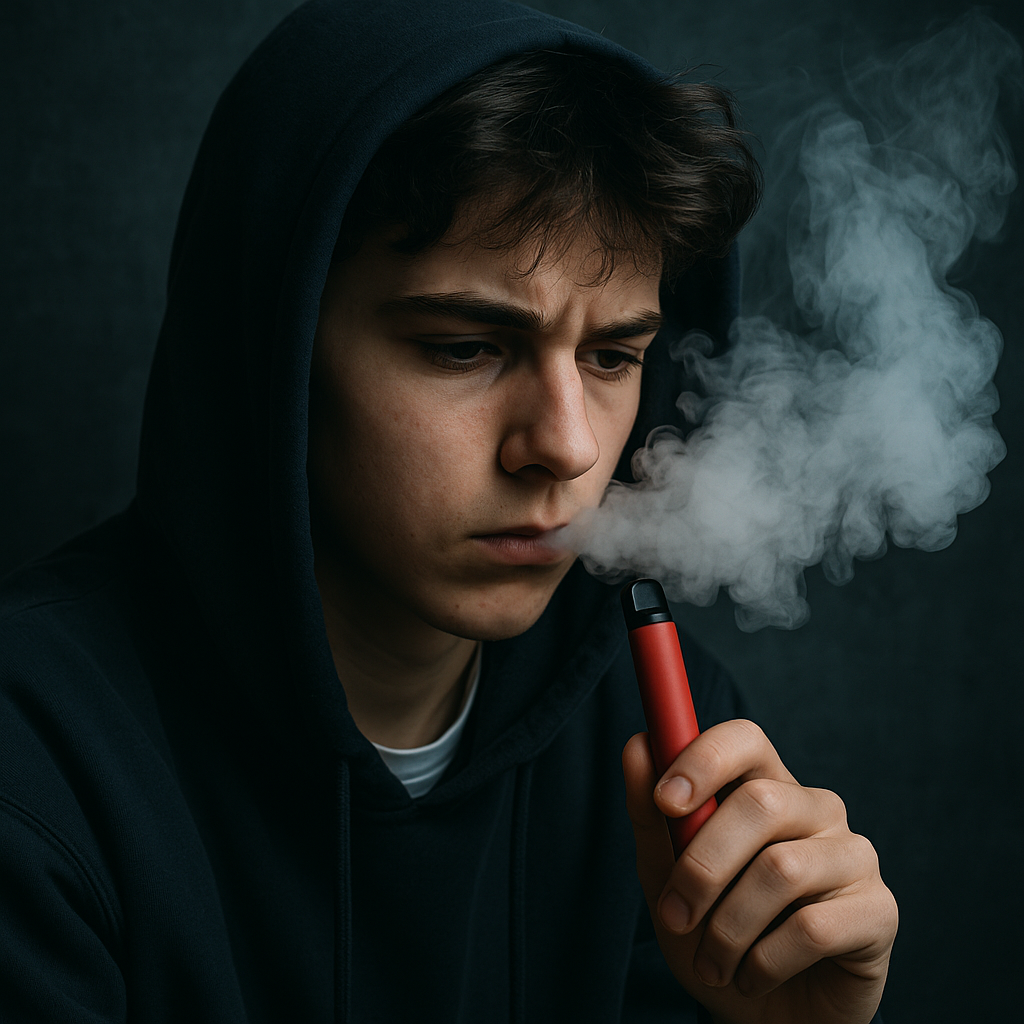
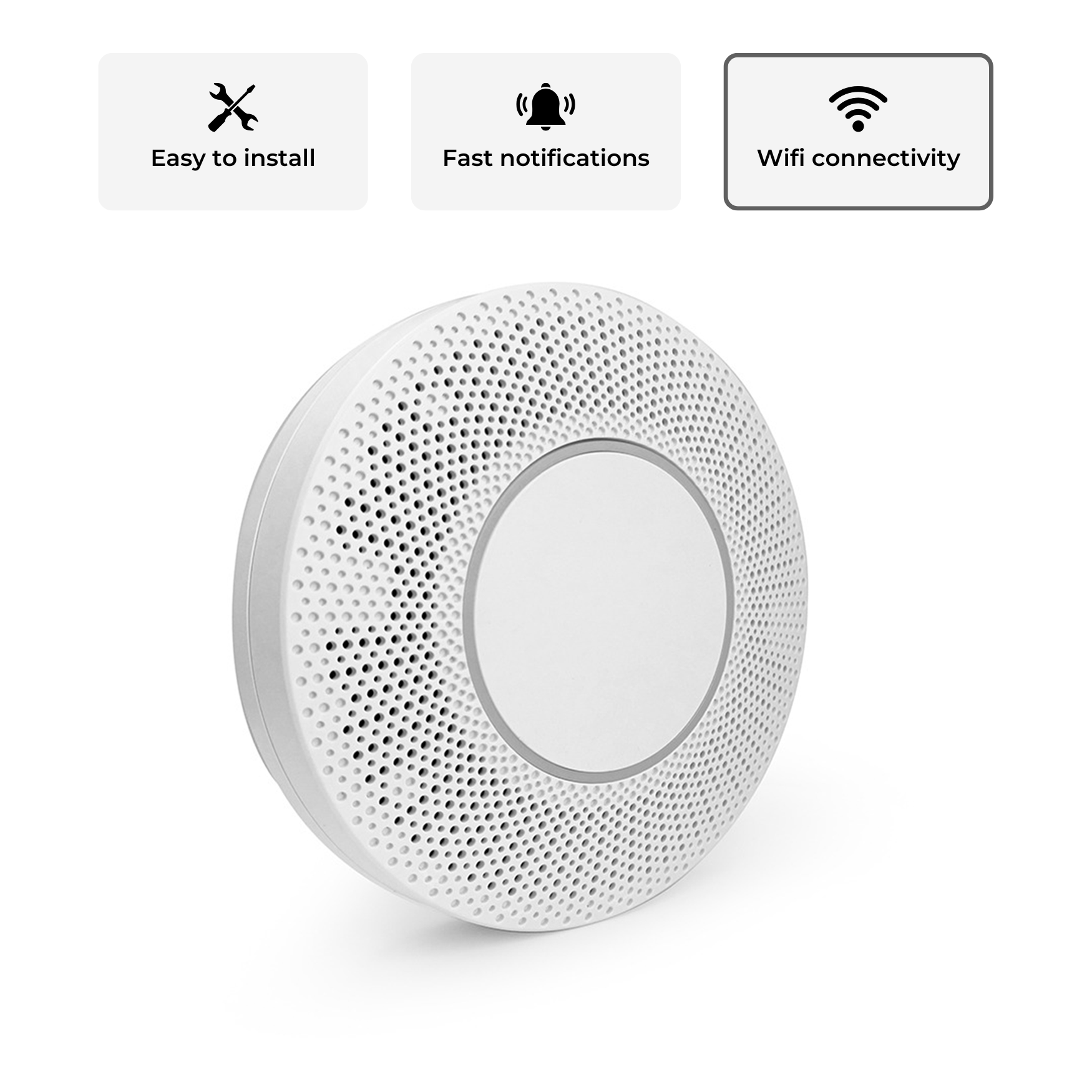
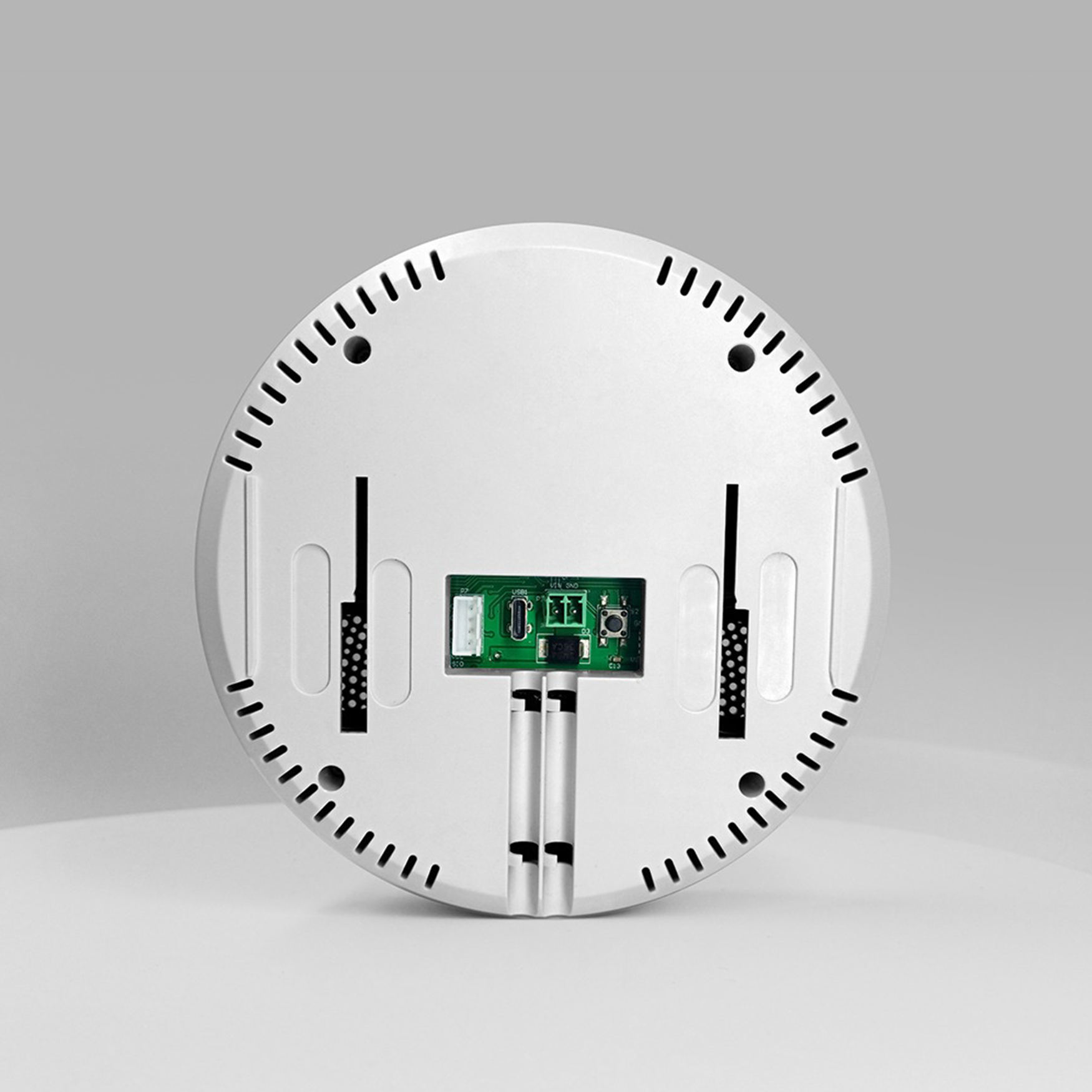
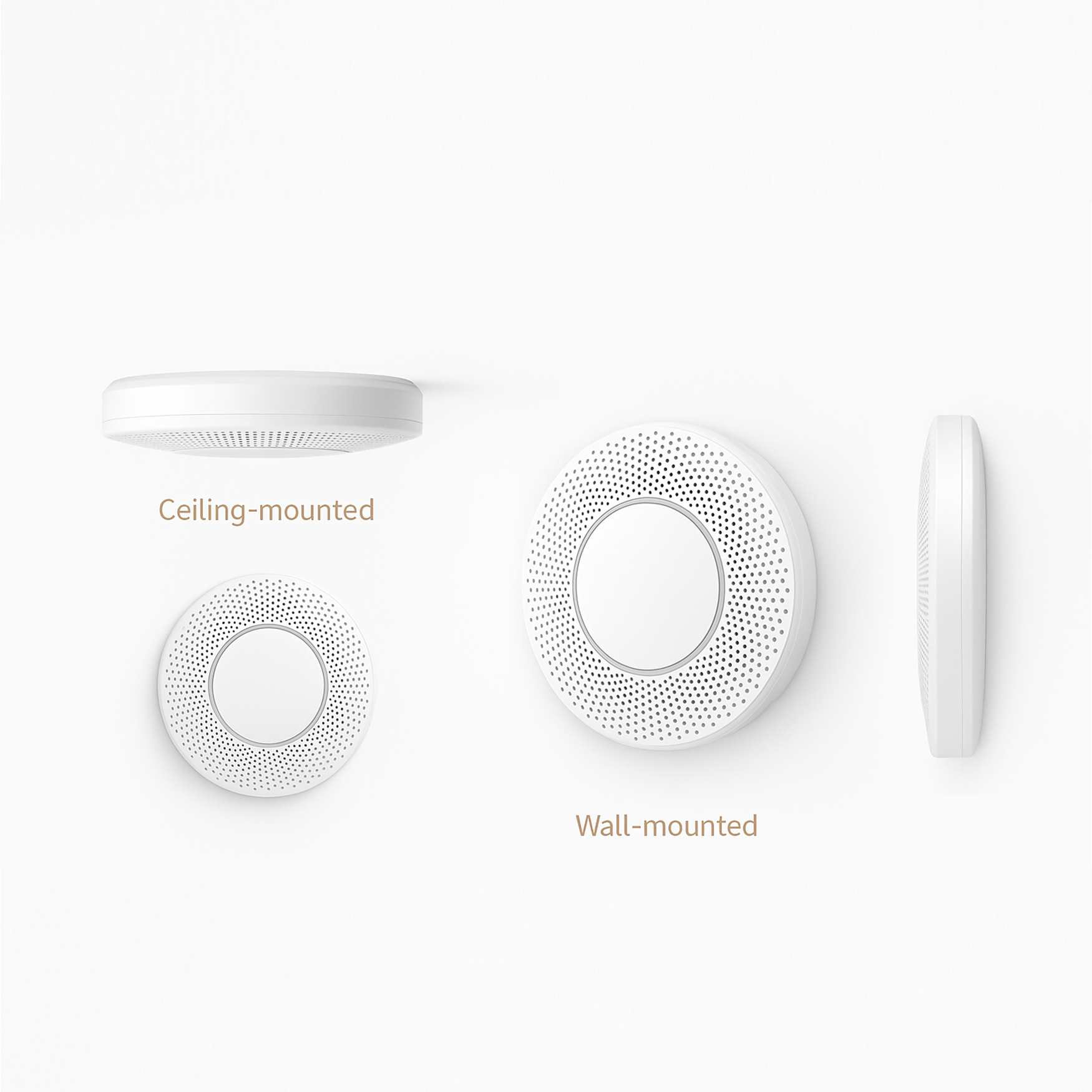
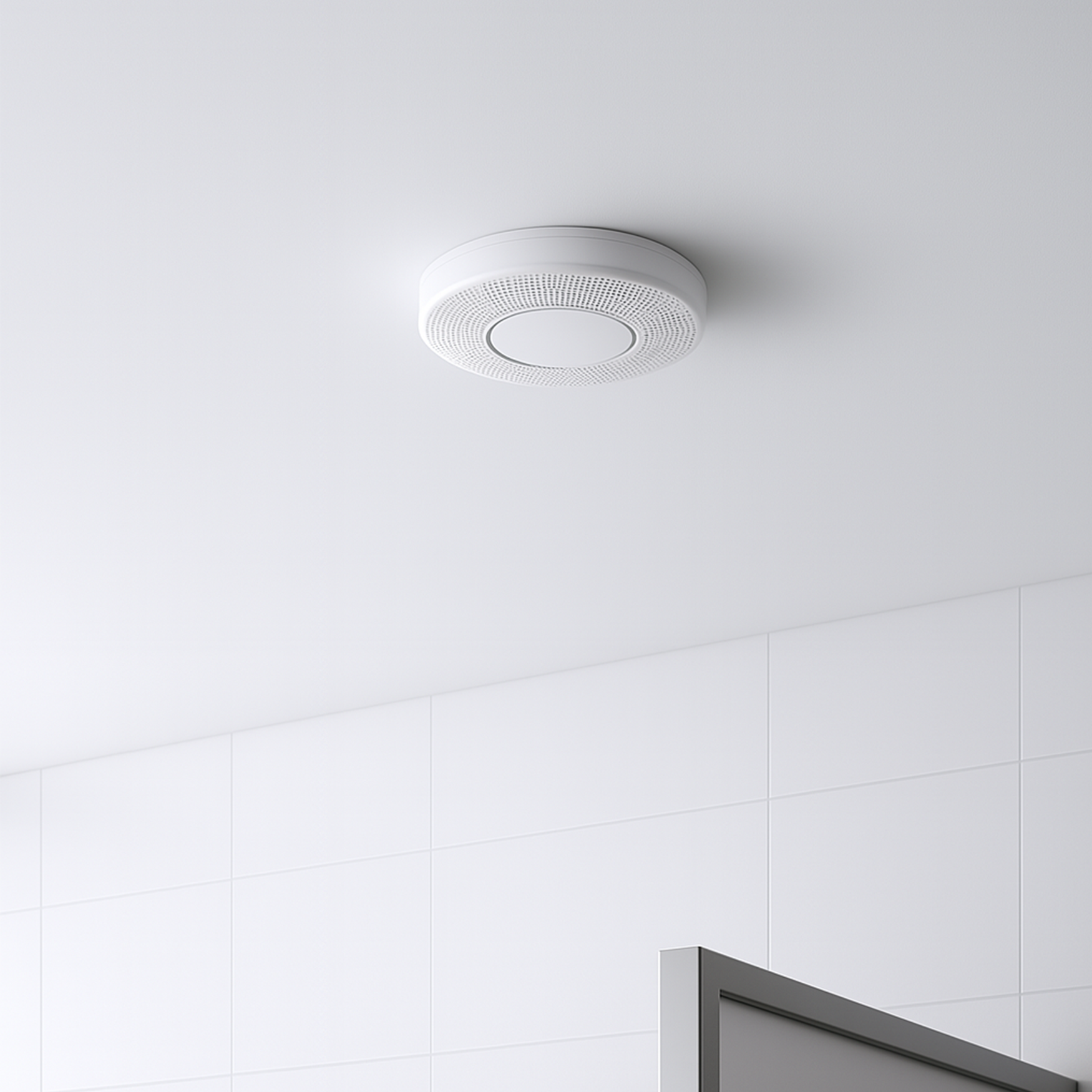
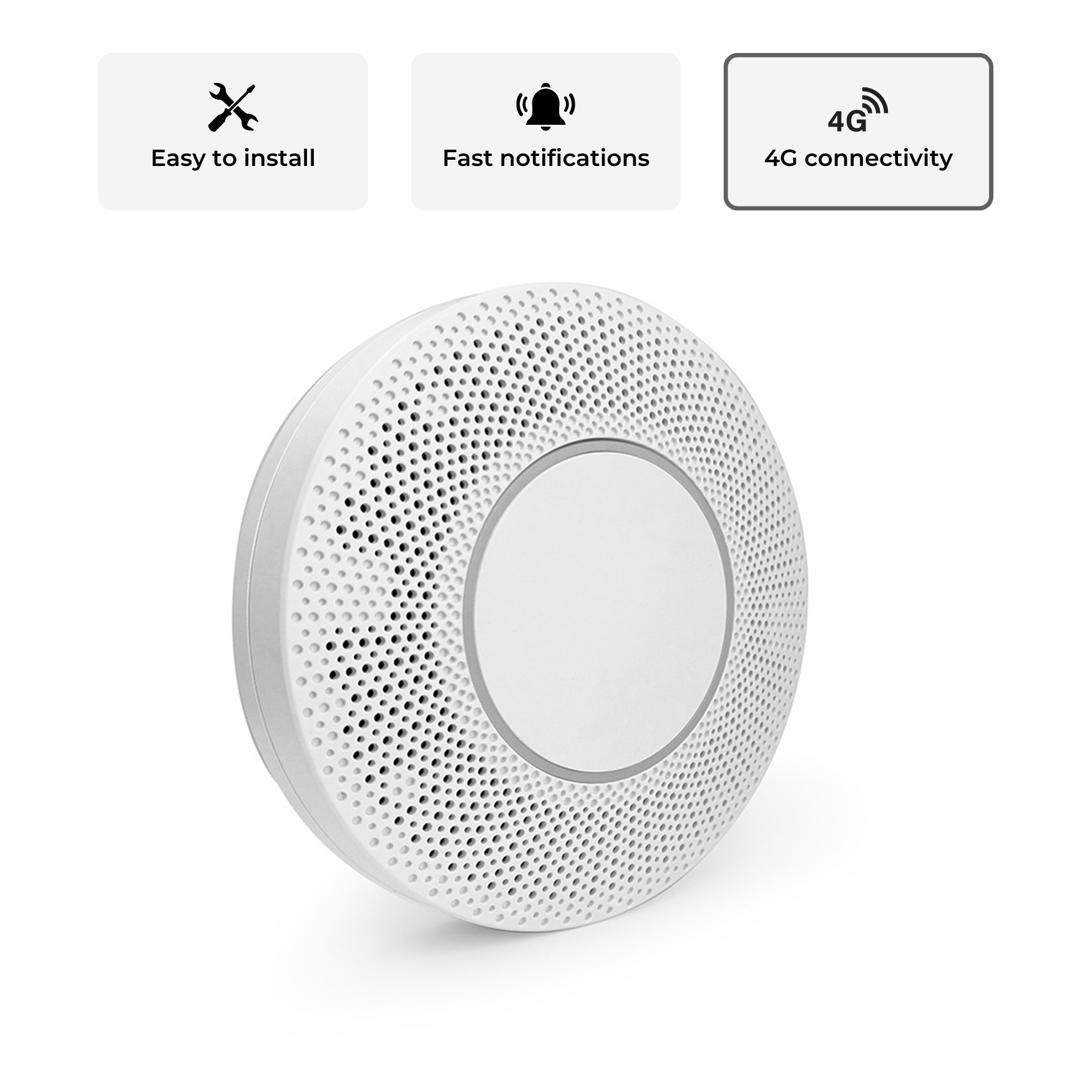
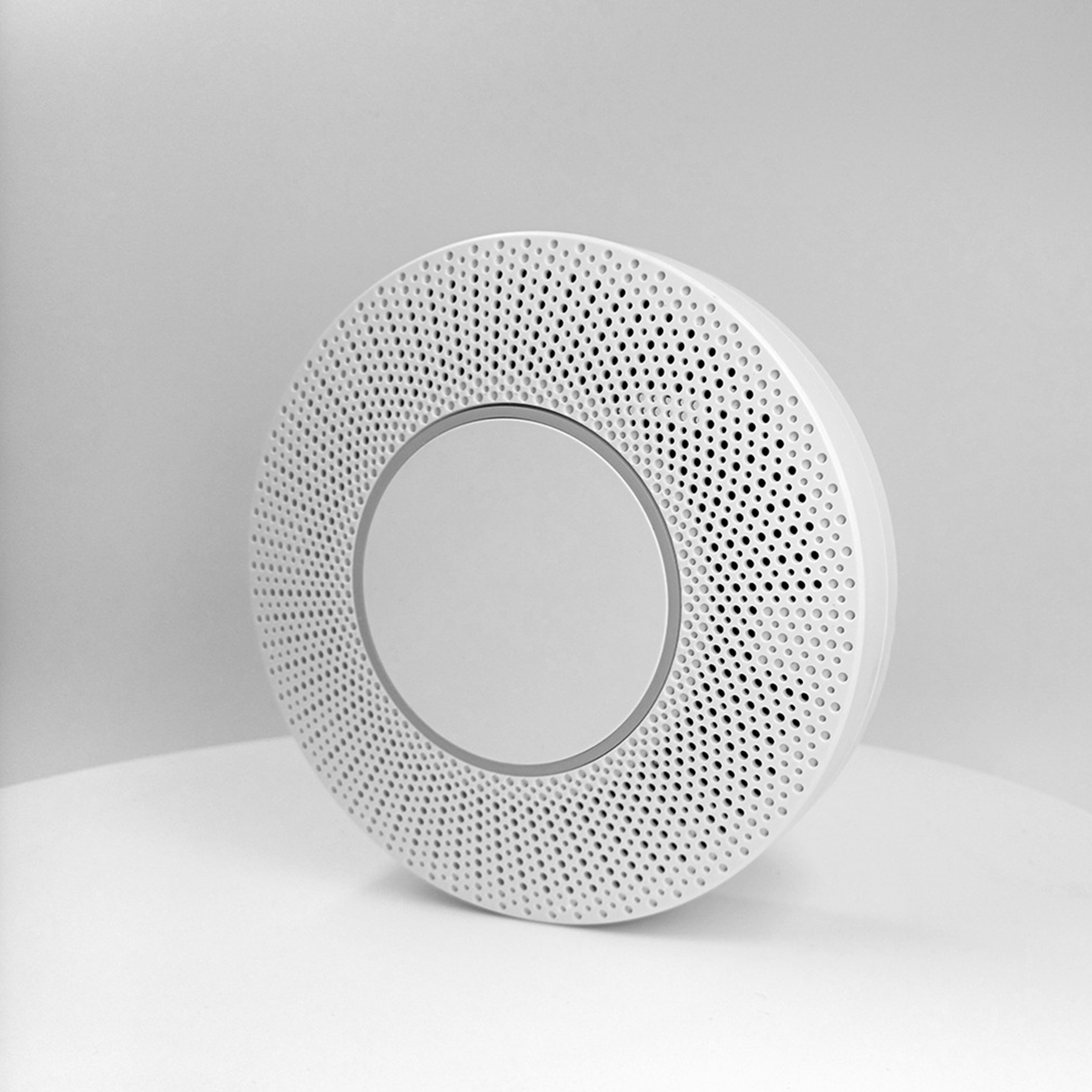
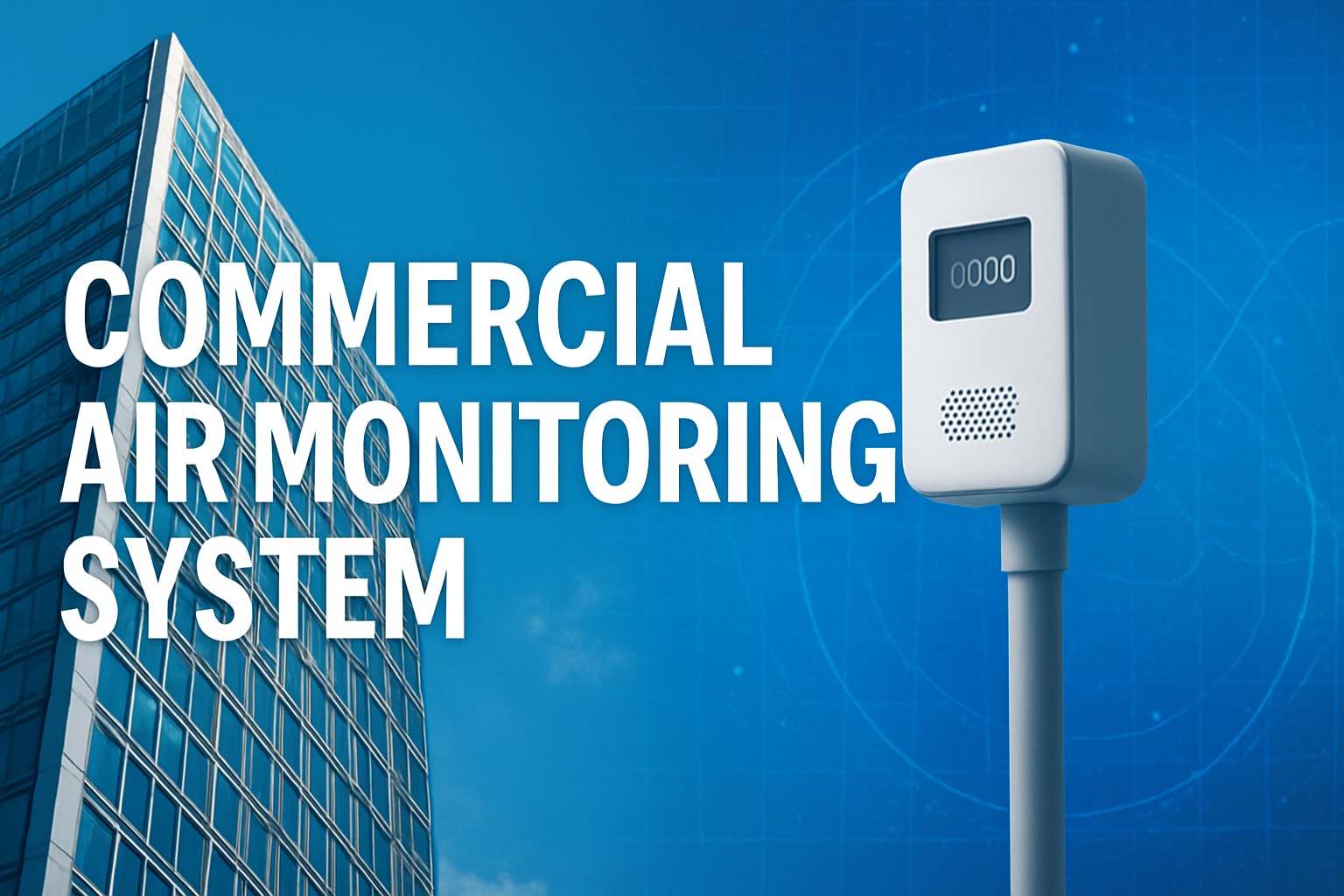

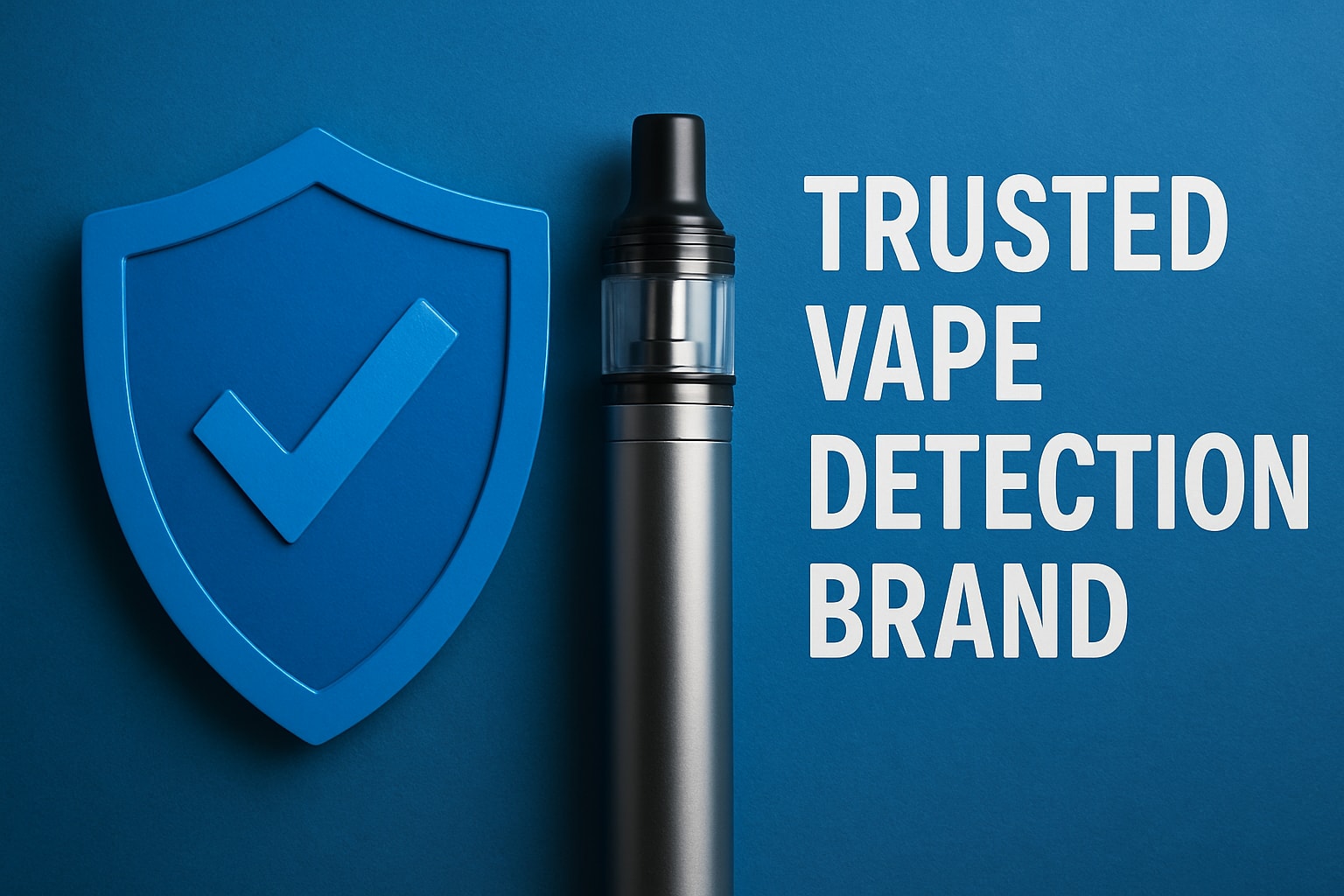
Share:
Elevating Vape Standards: a Call for Rigorous Regulation
How to Stop Vaping at School – 7 Proven Steps